Some animals don’t just survive snake bites—they shrug them off like mosquito nibbles.
While most mammals would drop from a cobra strike, a few walk away unfazed, ready for round two. We’re talking full-on venom resistance, built into their biology like nature’s cheat code.
These scrappy survivors include desert dwellers, jungle brawlers, and backyard legends. Their secret weapons? Specialized cells, lightning-fast reflexes, and in some cases, pure audacity.
Forget snake charmers. These mammals take venomous showdowns to a whole new level—and they often win.
Mongoose
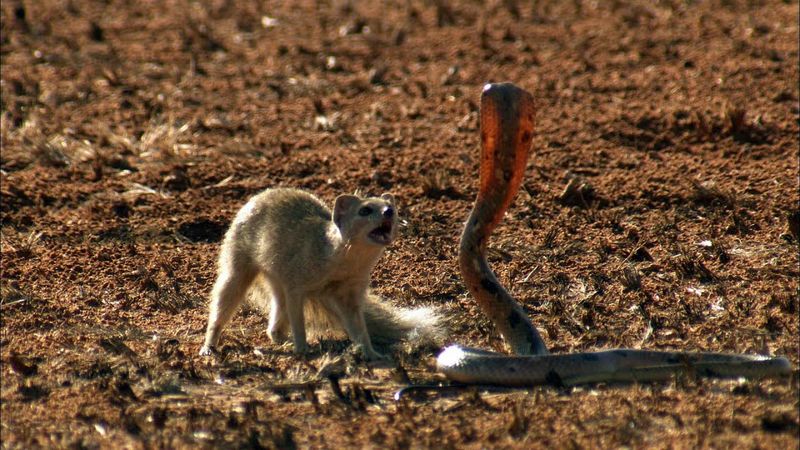
The mongoose is a small yet tenacious creature known for its audacious ability to take on venomous snakes. With its slender body and quick reflexes, it’s remarkably adept at avoiding lethal bites.
What makes this mammal fascinating is its acetylcholine receptors, which render snake venom less effective. A mongoose’s site of battle might as well be an arena, given its skillful maneuvers.
Interestingly, this creature’s resistance to venom is not absolute, but it greatly increases survival chances against snakes, making it a true marvel of evolutionary biology.
Honey Badger
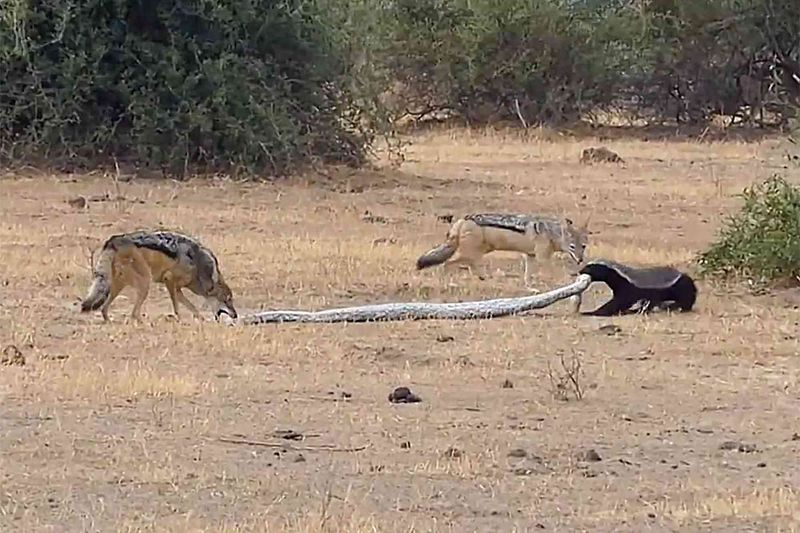
Fearless and ferocious, the honey badger holds a reputation for being unyielding, even against venomous adversaries. Known for its thick skin and fierce demeanor, it often takes on snakes much larger than itself.
Its resistance to venom is attributed to its robust immune system and specialized receptors. A honey badger’s audacity is legendary; this creature defies danger with an almost reckless abandon.
Moreover, these attributes make it one of nature’s most resilient fighters, standing its ground against threats that few others dare to challenge.
Opossum
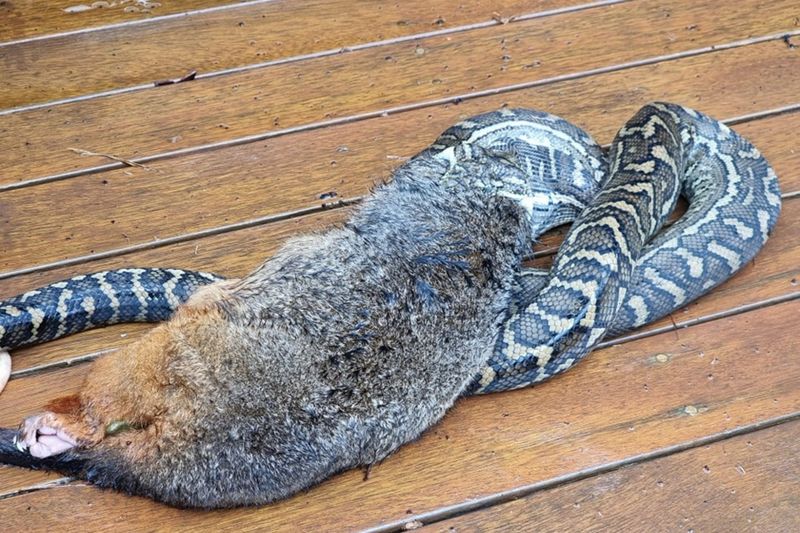
The opossum, often overlooked, possesses a hidden superpower: a remarkable resistance to snake venom. This nocturnal marsupial has evolved proteins in its blood that neutralize toxins from venomous bites.
Despite its unassuming appearance, the opossum’s ability to ward off snake venom is extraordinary. It can endure bites that would incapacitate other species.
This evolutionary advantage not only aids in its survival but also makes it an intriguing subject of scientific research, offering insights into potential medical breakthroughs for humans.
Hedgehog
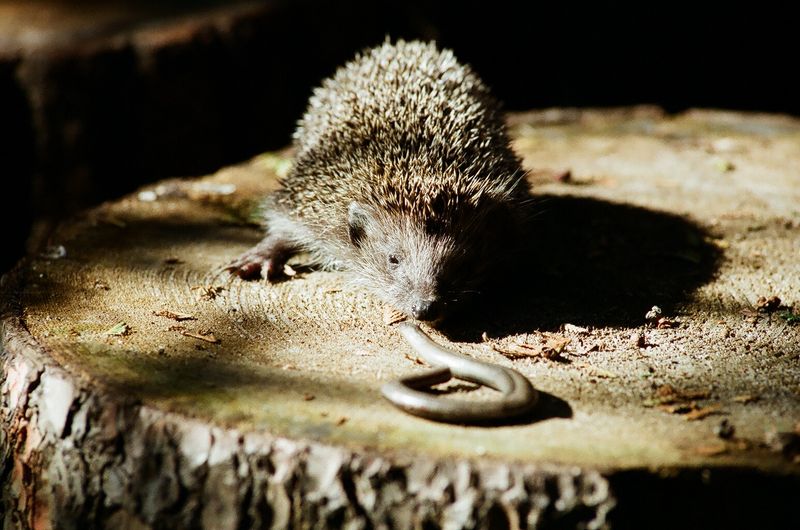
With a coat of spines and an endearing face, the hedgehog is more than just a cute mammal; it’s a stealthy survivor. This creature can withstand venomous bites, thanks to its unique protein, erinacin, which neutralizes toxins.
The hedgehog’s intriguing defense mechanism allows it to prey on snakes without succumbing to venom. Its strategy includes rolling into a spiky ball, deterring threats effectively.
This astonishing adaptation highlights nature’s ingenuity, setting the hedgehog apart as a small, yet formidable figure in its ecosystem.
Ground Squirrel
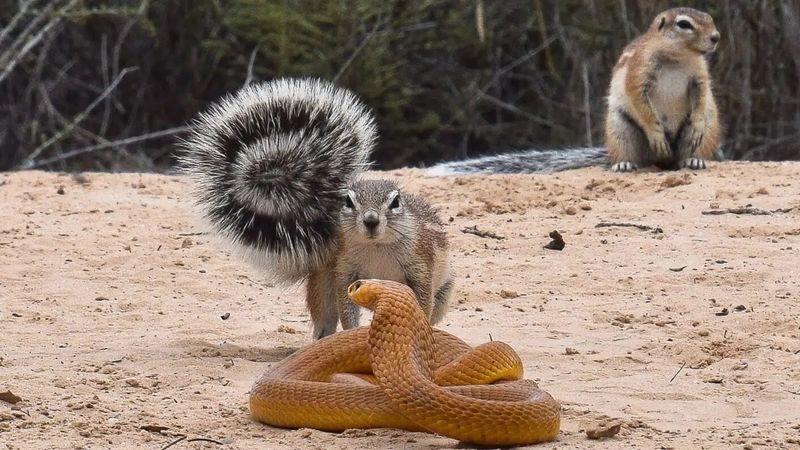
The ground squirrel may seem like an unlikely candidate for snake encounters, yet it exhibits a fascinating resistance to venom. Found in dry, arid regions, it has adapted to survive in areas populated by venomous snakes.
This resistance is partially due to the squirrel’s ability to produce a protein that binds to venom, reducing its potency.
Such adaptations enable the ground squirrel to thrive in its environment, showcasing nature’s remarkable capacity for innovation and survival in the face of danger.
Rock Hyrax

The rock hyrax, often mistaken for a rodent, possesses a unique resistance to snake venom, shared with its elephant relatives. This small, furry mammal lives in rocky terrains where serpents lurk.
Its resistance is a result of evolutionary pressures, allowing it to coexist with venomous snakes. The hyrax’s social nature also helps warn others of snake threats.
As an example of adaptation, the rock hyrax embodies the delicate balance of life in harsh environments, showcasing resilience in the face of natural challenges.
European Badger

With its sturdy build and keen senses, the European badger is another mammal with a notable resistance to snake venom. This nocturnal forager has developed a certain level of immunity, allowing it to survive encounters with venomous reptiles.
Its lifestyle of digging and foraging in areas where snakes reside has necessitated this unique adaptation.
The European badger’s resilience highlights the evolutionary pressure exerted by venomous threats, showcasing nature’s capacity to adapt and endure through perilous conditions.
African Crested Porcupine
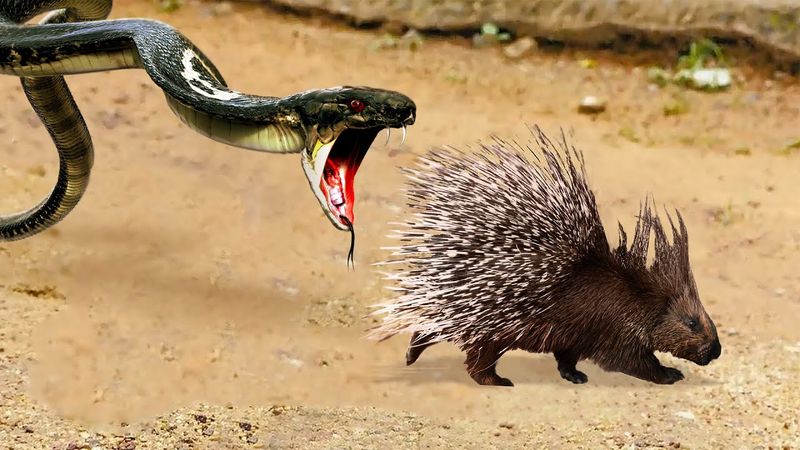
The African crested porcupine, with its impressive quills, is more than just a visual deterrent; it also possesses a resistance to certain snake venoms. Its spiky exterior and unique adaptations enable it to fend off predators.
The porcupine’s body has evolved to manage the effects of venom, ensuring its survival when confronted by snakes. This resilience adds to its defense repertoire, making it a formidable presence in its habitat.
Such features underscore the intricate dance of survival and adaptation in the animal kingdom.

